Save the Dates and Attend the 2021 Pest Management Update Meetings
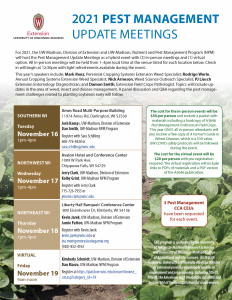 For 2021, the UW-Madison, Division of Extension and UW-Madison, Nutrient and Pest Management Program (NPM) will host the Pest Management Update Meetings as a hybrid event with (3) in-person meetings and (1) virtual option. All in-person meetings will be held from 1- 4pm local time at the venue listed for each location below. Check in will begin at 12:30pm with light refreshments available during the event.
For 2021, the UW-Madison, Division of Extension and UW-Madison, Nutrient and Pest Management Program (NPM) will host the Pest Management Update Meetings as a hybrid event with (3) in-person meetings and (1) virtual option. All in-person meetings will be held from 1- 4pm local time at the venue listed for each location below. Check in will begin at 12:30pm with light refreshments available during the event.
This year’s speakers include: Mark Renz, Perennial Cropping Systems Extension Weed Specialist; Rodrigo Werle, Annual Cropping Systems Extension Weed Specialist; Nick Arneson, Weed Science Outreach Specialist; PJ Liesch Extension Entomology Diagnostician; and Damon Smith, Extension Field Crops Pathologist. Topics will include updates in the area of weed, insect and disease management. A panel discussion and Q&A regarding the pest management challenges related to planting soybeans early will follow.
The cost for the in-person events will be $50 per person and include a packet with materials including a hardcopy of A3646 Pest Management in Wisconsin Field Crops. This year ONLY, all in-person attendants will also receive a free copy of A Farmer’s Guide to Wheat Diseases, which is a $30 value. UW COVID safety protocols will be followed during the event.
The cost for the virtual event will be $20 per person with pre-registration required. The virtual registration will include links to PDFs of materials and a PDF version of the A3646 publication.
Below and in the attached flier are the dates, locations, and times for each event. Be sure to contact and register ONLY at the location you plan to attend. For the virtual option, links will be sent closer to the event.
| SOUTHERN WI
Tuesday November 16 1pm-4pm |
Ames Road Multi-Purpose Building 11974 Ames Rd, Darlington, WI 53530
Josh Kamps, UW-Madison, Division of Extension Dan Smith, UW-Madison NPM Program Register with Sara Schilling 608-776-4820 or |
| NORTHWEST WI
Wednesday November 17 1pm-4pm |
Avalon Hotel and Conference Center
1009 W Park Ave. Chippewa Falls, WI 54729 Jerry Clark, UW-Madison, Division of Extension Kolby Grint, UW-Madison NPM Program Register with Jerry Clark 715-726-7955 or |
| NORTHEAST WI
Thursday November 18 1pm-4pm |
Liberty Hall Banquet/ Conference Center
800 Eisenhower Dr, Kimberly, WI 54136 Kevin Jarek, UW-Madison, Division of Extension Jamie Patton, UW-Madison NPM Program Register with Kevin Jarek kevin.jarek@wisc.edu or ina.montgomery@outagamie.org (920)-832-4763 |
| VIRTUAL
Friday November 19 9am-noon |
Kimberly Schmidt, UW-Madison, Division of Extension Dan Marzu, UW-Madison NPM Program
Register at https://patstore.wisc.edu/secure/browse_ cat.asp?category_id=39 |



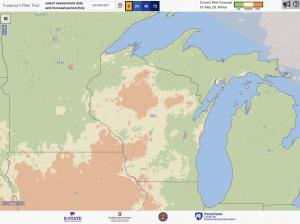
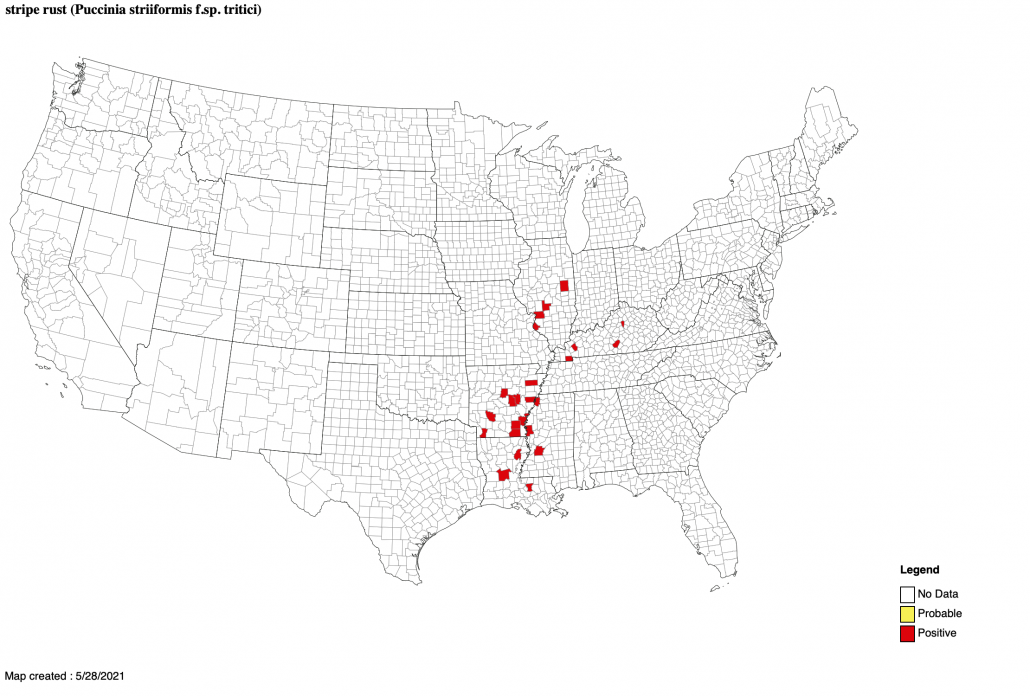
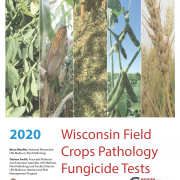
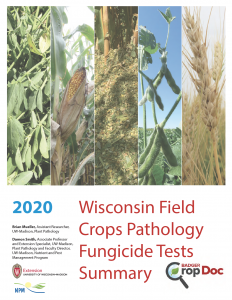
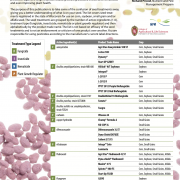
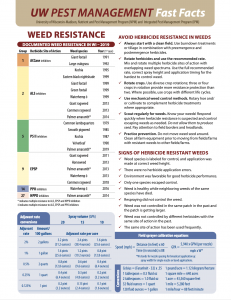
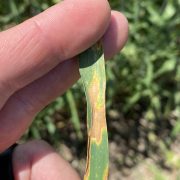
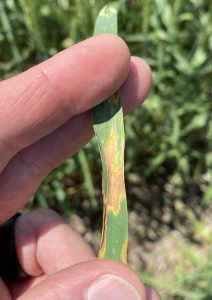


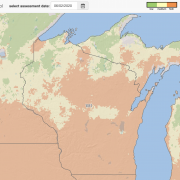
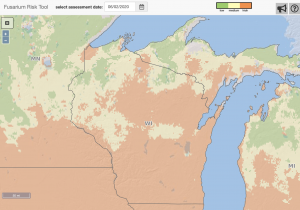

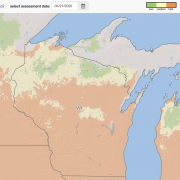
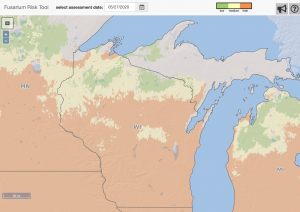

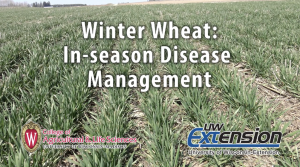 Winter wheat in Wisconsin is finally starting to move along in growth stages. Warmer weather is helping to increase tillering. As wheat begins to move through growth stages, diseases and disease management will begin to be of concern. To assist in making wheat disease management decisions in Wisconsin, we have developed a 3-video series on the subject. Each video talks about making fungicide application decisions at the critical growth stages in for management in Wisconsin. The video series can be found below:
Winter wheat in Wisconsin is finally starting to move along in growth stages. Warmer weather is helping to increase tillering. As wheat begins to move through growth stages, diseases and disease management will begin to be of concern. To assist in making wheat disease management decisions in Wisconsin, we have developed a 3-video series on the subject. Each video talks about making fungicide application decisions at the critical growth stages in for management in Wisconsin. The video series can be found below: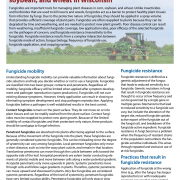
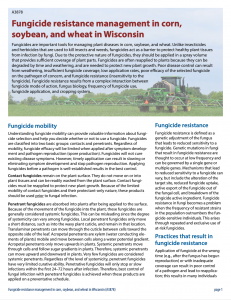
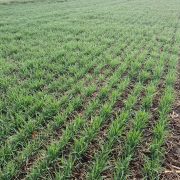
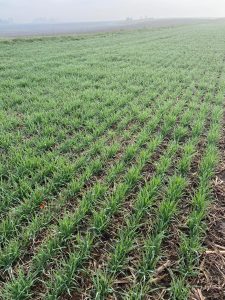 The Badger Crop Docs have started scouting wheat in south-central Wisconsin over the past few days. In general the crop needs some heat and is moving slow. However, the overall health looks good.
The Badger Crop Docs have started scouting wheat in south-central Wisconsin over the past few days. In general the crop needs some heat and is moving slow. However, the overall health looks good.
